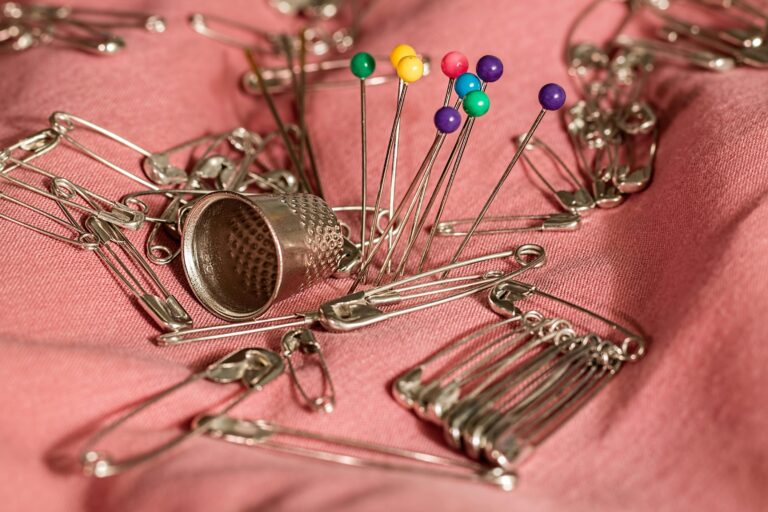What does a pilot jet do?
One part of the complex world of carburetors frequently sticks out is the pilot jet, which is essential to maintaining smooth engine operation. What does a pilot jet do, though? If you’ve ever wondered about this, you’ve come to the right place. Let’s explore the world of pilot jets, learn how they work, and discover why they are essential to your engine’s longevity.
Essential Parts of a Carburetor
You must have a fundamental understanding of the parts and operations of a carburetor before we get into the details of the pilot jet.
Synopsis of Carburetor Operations
An internal combustion engine’s carburetor mixes fuel and air to facilitate combustion. It functions similarly to the engine’s kitchen, combining various components to create the optimal power formula.
Important Elements
- The throttle valve regulates the quantity of gasoline and air that enters the engine.
- Main Jet: Controls fuel flow at faster velocities.
- The Pilot Jet, the subject of this essay, is essential for idle and low-speed operations.
- Float Chamber: Maintains a consistent level of gasoline
- Choke: By improving the fuel mixture, the choke helps the engine start.
Understanding the definition and function of the pilot jet is crucial.

The idle jet, also known as the pilot jet, is a tiny part of the carburetor that regulates fuel flow at low throttle settings and idle. It’s like a slow-moving engine as if the maestro were leading the orchestra.
Placement within the Carburetor
Usually, the carburetor’s float bowl, located in the idle circuit path, houses the pilot jet. Thanks to its advantageous position, it can effectively control the fuel mixture for low-speed and idling conditions.
The Pilot Jet’s Operation
Regulation of Fuel Mixtures At low engine speeds, the pilot jet’s main job is to control the fuel mixture. When the throttle is barely open, it ensures the engine gets the proper amount of fuel, which is essential for low-speed and smooth idling.
Interaction with Additional Elements
To adjust the air-fuel mixture, the pilot jet works in conjunction with the fuel or air screw. It’s a delicate balance where small changes can significantly impact engine performance.
The impact of the pilot jet and idle speed on idle speed is significant.
The pilot jet is crucial to maintaining the engine’s idle speed. If the mixture is too rich or lean, the engine may struggle to maintain a constant idle, resulting in stalling or rough running.
Modifying the Idle Mixture
Adjusting the pilot jet can help achieve the ideal idle mixture. During this procedure, you must change the air screw or fuel screw to locate the sweet spot where the engine runs smoothly at idle.
The low-throttle and pilot jet positions are as follows:
The pilot jet takes the lead, whether you’re accelerating or cruising at low speeds. It ensures the engine has enough gasoline to run smoothly without sputtering or hesitating.
Signs of Dysfunction
Poor acceleration at low throttle, stalling, and rough idling are all common indications of a faulty pilot jet. These problems frequently indicate a blocked or incorrectly adjusted pilot jet.
Typical Problems with Pilot Jets
Blockages and clogging
Pilot jets are more likely to clog because of their modest size. Dirt, debris, and varnish from used fuel quickly clog the small openings, preventing proper fuel flow.
Signs of a Malfunctioning Pilot Jet
Hesitancy during acceleration and trouble starting the engine are signs of a malfunctioning pilot jet.
Cleaning and Maintenance: If you see these indicators, it may be time to check and clean your pilot jet.
How a Pilot Jet Is Cleaned

Cleaning a pilot jet is relatively simple.
1. Take off the engine’s carburetor.
2. Get in the pilot aircraft.
3. To remove any obstructions, use a thin wire or a specialized cleaning tool.
4. Soak the jet in carburetor cleaner to remove deposits and varnish.
Tips for regular maintenance
Routine maintenance can prevent pilot-jet problems. Maintaining the best possible condition for your pilot jet involves adding fuel stabilizers, cleaning the carburetor regularly, and using high-quality fuel.
Modifying the pilot jet
Why Modifications Are Required
If you adjust the pilot jet, your engine will operate smoothly and effectively at low speeds. Adjustments may be required due to temperature changes, engine upgrades, and altitude changes.
A comprehensive adjustment guide
- Warm Up the Engine: Verify that the engine is running at the proper temperature.
- Find the air/fuel screw. Usually, it’s next to the pilot jet.
- Make modifications: Test the engine’s responsiveness by turning the screw in tiny increments.
- Test and tune: Try driving or riding the engine to see how it responds to changes.
- Pilot jet sizes: implications
How to Select the Appropriate Size

You must select the appropriate pilot jet size based on your engine type, any modifications, and riding conditions. For guidance, consult your owner’s manual or a qualified individual.
Effects of Varying Sizes on Efficiency
Larger pilot jets offer more fuel in colder climates or with adapted engines. Smaller jets lean the mixture, which is advantageous in hot or higher altitudes.
Indices of a Pilot Jet Not Operating Correctly: Identifying Common Issues
Watch out for rapid starts, slow acceleration, and poor idling. These problems frequently indicate faults with pilot jets.
Making Diagnoses
Finding obstructions in the jet, checking that it is the right size, and making the required changes are all part of diagnosing problems with a pilot jet. You may also need to clean the carburetor thoroughly.
Pilot Jet and Main Jet Comparison: Distinctions and Commonalities
Although both jets regulate fuel flow, the central plane assumes control at incredible speeds while the pilot jet manages low-speed operations. Combined, they guarantee that your engine operates smoothly at all throttle settings.
Particular Functions for Engine Performance
When operating at lower speeds and loads, the main jet supplies the fuel required to assure maximum power production while the pilot jet maintains smooth idling and low-speed performance.
Optimizing Efficiency Using Pilot Jet Modifications
Some tips for maximum effectiveness
Regularly check and clean the pilot jet. For a responsive throttle and a smooth idle, fine-tune the air/fuel screw.
Typical Adjustments
Common modifications include changing the jet size to correspond with engine upgrades, altitude adjustments, or specific riding circumstances.
The Pilot Jet with Various Engines
Uses for Motorcycles
Pilot jets are critical to motorcycles’ smooth running and low-speed performance. Sufficient upkeep is essential for the best possible riding experience.
Usage in Additional Small Engines
Lawnmowers, ATVs, and other small engines also use pilot jets, essential to their dependability and efficiency.
In summary
Anyone running a carbureted engine must know what a pilot jet accomplishes and how to maintain it. This diminutive part is critical to your engine’s health because it ensures smooth idling and low-speed performance. Regular maintenance, appropriate adjustments, and understanding your engine’s function can significantly improve its performance and longevity.
FAQS:
If the pilot jet is too small, an engine running at low speeds will not get enough fuel, causing lean conditions, rough idling, and stalling.
Indeed, an engine running too rich or too lean at low speeds might result from a pilot jet that is either too small or excessively large.
Regular carburetor maintenance should include cleaning the pilot jet every season or, for motorbikes, every 3,000 to 5,000 miles.
Although it doesn’t take much skill, replacing a pilot jet requires the appropriate equipment and some mechanical expertise. For precise instructions, always consult the owner’s manual for your engine.
Essential tools for maintaining pilot jets include the following:
Screwdrivers.
A carburetor cleaning kit.
To remove obstructions, use a thin wire or needle.
A solution to clean the carburetor.







